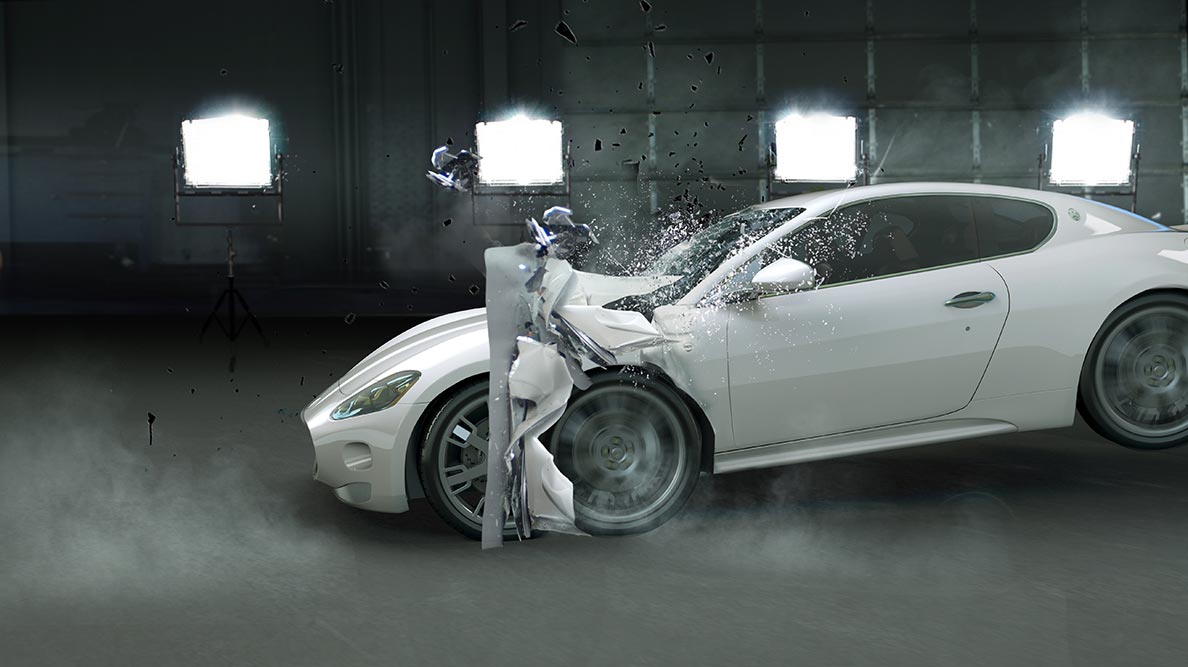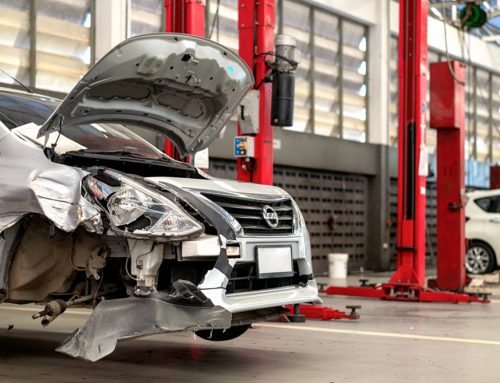A Few Tips to Keep a Healthy Rhythm.
Car accident victims who have their vehicle repaired at a body shop tend to do two things after the incident: switch insurers and change vehicles, including the brand. That’s why partners and insurers alike are paying attention to the cycle time at your workshop. It’s one of the indicators they’ll use to judge your workshop and whether they do business with you.
But let’s forget about them for a minute. The cycle time indicator is not for them, it’s for you. First, let’s go back to the basics.
What Is Cycle Time?
It’s an indicator expressed in days that shows the time elapsed between the time the body shop receives a customer’s vehicle, repairs it, and returns it to the customer. This is averaged over all the shop’s repairs.
It is generally divided in three phases:
- The time between receiving the vehicle and starting the repair.
- The actual repair.
- The time between when the repair is completed and when the customer takes possession of the repaired vehicle.
The repair phase can be divided in a granular way, and this will be discussed in a later article.
According to the Autohouse Technologies report, the average cycle time in Canada in 2021 was 11.4 days. Ten percent of body shops have managed to restore their cycle time to an average of 6.1 days, and it’s also what we see in the field with our ProgiPlanning users. This is an average, so some do even better.
It is important not to confuse cycle time with WIP (work in progress interpreted in hours), but the two concepts go hand in hand. When you have an optimal WIP, it serves the short K2K cycle times.
Why Is This Important for You?
It is literally a profitability monitor for your workshop. It’s also a pretty good indication that your business is running. The more organized a workshop team is with little room for improvisation on its production floor, the lower the cycle time will be.
Obviously, to measure this indicator properly, your workshop must be running at full capacity; otherwise, the measurement will not be relevant.
If you choose this success indicator to improve your business, not only will you benefit, but your partners will also be pleased.
It goes without saying that you should not sacrifice the quality of the work for a better cycle time. If you compromise quality, you are doing it wrong, and this could have serious consequences for your reputation and the health of your business.
How to Improve Your Cycle Time
Here are some professional tips to improve your cycle time.
Pay attention to small repairs.
Charles Aubry tells us that the small and very small repairs are often the ones hurting our cycle time. Their simple nature makes it easy to be overlooked in the process. They must be done with as much care as more complex repairs. They can be prioritized visually so that they don’t linger on the shop floor. You could put a visual indicator near the vehicle to show that it is a priority (orange cone, tag, flag) and, if possible, putting a visual indicator in your workshop management or planning system would also be a plus.
Have a good estimating process.
Identifying all possible contingencies and supplements starts with a good damage appraisal. You must invest time to gain time and, of course, you need a reliable appraisal process.
Ask yourself the right questions before the repair.
Do we have the capacity for this new repair?
Valuable time is lost when the vehicle is received at the wrong time and the repair cannot be started.
Do we have the qualified personnel available for this repair?
Sometimes it’s not just about having the capacity, but also about having the expertise if you don’t want to see your cycle time explode.
Are we ready for this repair job?
Do we have all the parts, paint, and materials to start and finish the repair?
Good outsourcing management
Whether it is your ADAS, glass or alignment specialists, it is better to have several suppliers, up to four per work category. If possible, these should be located close to your workshop in order to process the unit at the best time before, during or even after the repair. Before a repair begins, you can try to optimize time by arranging subcontracted appointments before the repair to regain this time later. It is important to make good use of any downtime during the cycle time.
Use equipment, processes and technologies that speed up certain production phases.
We can quickly think of wet-on-wet paint application, fast drying paint, fast sealant, after UV or even processes that save technicians time such as preparing their parts cart. These are just a few examples, but there are many options. When making improvements, you must avoid bottlenecks and ensure a smooth production flow. The tools must be within the technician’s reach. The goal is for technicians to spend their time on production with a minimum of interruptions.
Get the right computer tools
To effectively monitor cycle times, see fluctuations and examine them, you need a system like ProgiPlanning that allows for a quick analysis and granular-level investigation.
Control your WIP
Having an optimal WIP will prevent production bottlenecks.
The bests of the bests
The bests of the bests are extremely organized and want to waste as little time as possible on vehicles in the workshop. So much so that the customer service agent can directly schedule the vehicle delivery right when the customer drops the keys for the repair. The agent trusts that it will work and, exceptionally, in the event of a glitch, will contact the client to reschedule. The aim is for the customer to collect the vehicle as close as possible to the time the repair is completed. But be careful, you can only do this when you are experienced and work at a regular pace; otherwise you risk dissatisfaction.
The Parts Crisis
The parts crisis that’s been going on since late 2021 affects your capacity to maintain healthy cycle times, especially for non-driveable vehicles. These days, to get your actual cycle time, you will probably have to do some statistical acrobatics.
For non-driveable vehicles, try to get all the parts before the repair. If this is not possible, take steps to get the car back on the road safely as soon as possible and complete the repair later when you have the necessary materials.
Conclusion
Keeping an eye on your cycle time is like keeping an eye on your workshop’s cardiogram to see if it is doing well.
If you are above the national average, you have important corrections to make as soon as possible. If you are in the average, don’t congratulate yourself too quickly, you still have a lot of corrections to make to your processes. Even for the top 10%, there are still some opportunities for improvement, so remember that you are way off the mark if you are in the average.
As entrepreneurs, you should not be disappointed or angry if your cycle time is too long. It means that there is room for improvement and that your efforts will quickly bring you money and peace of mind.





